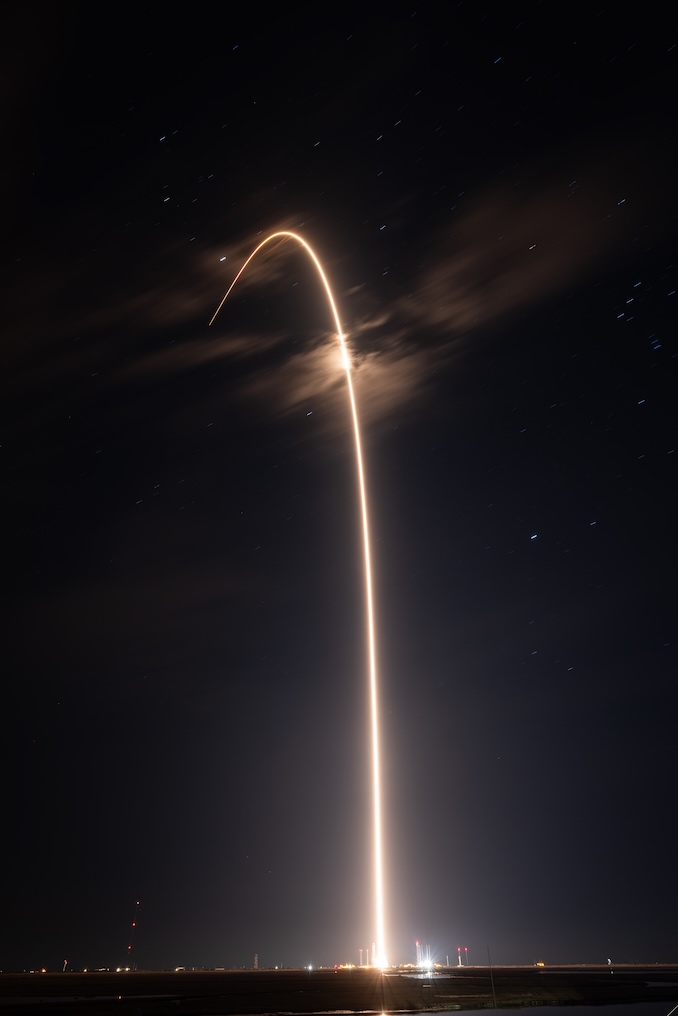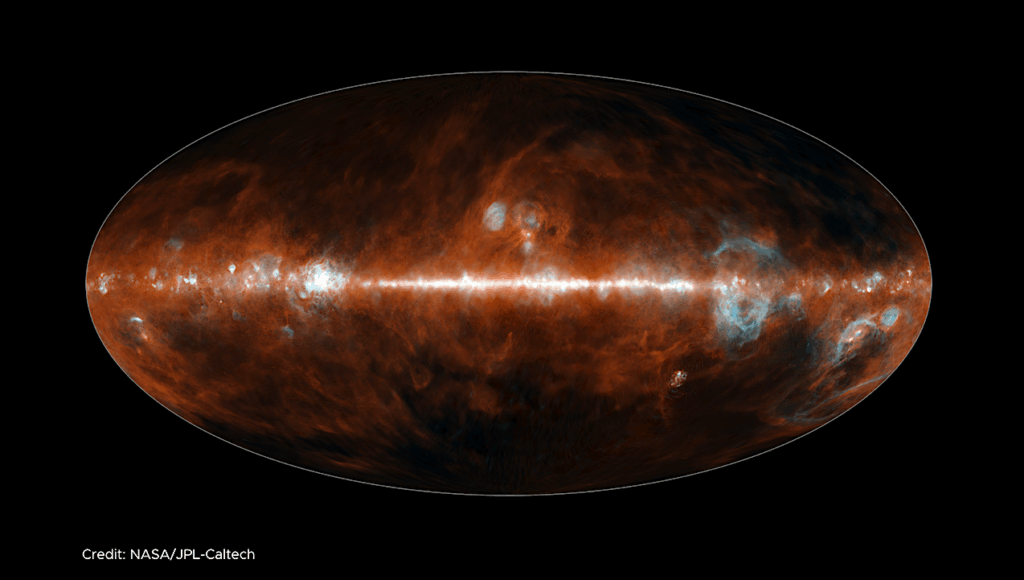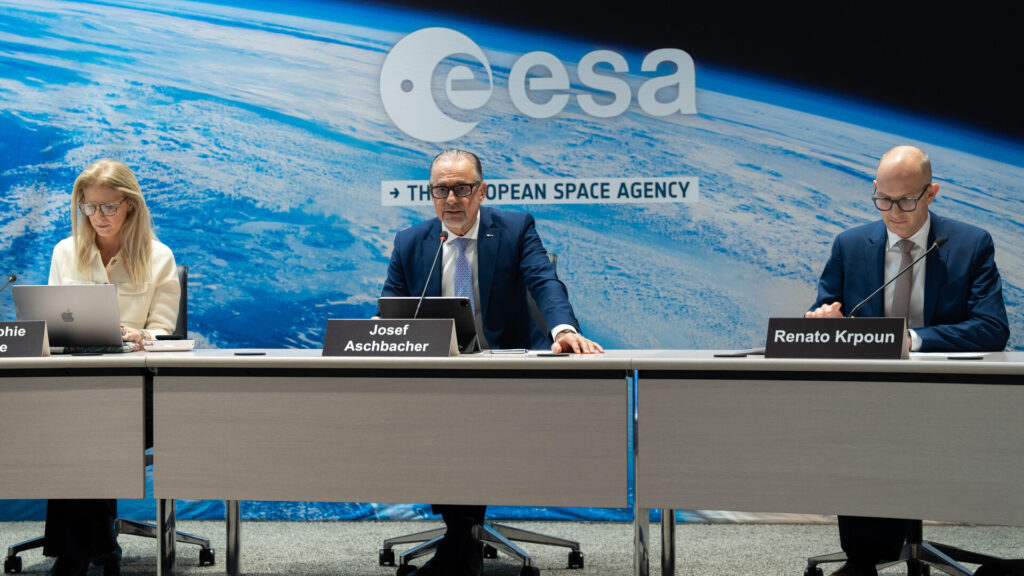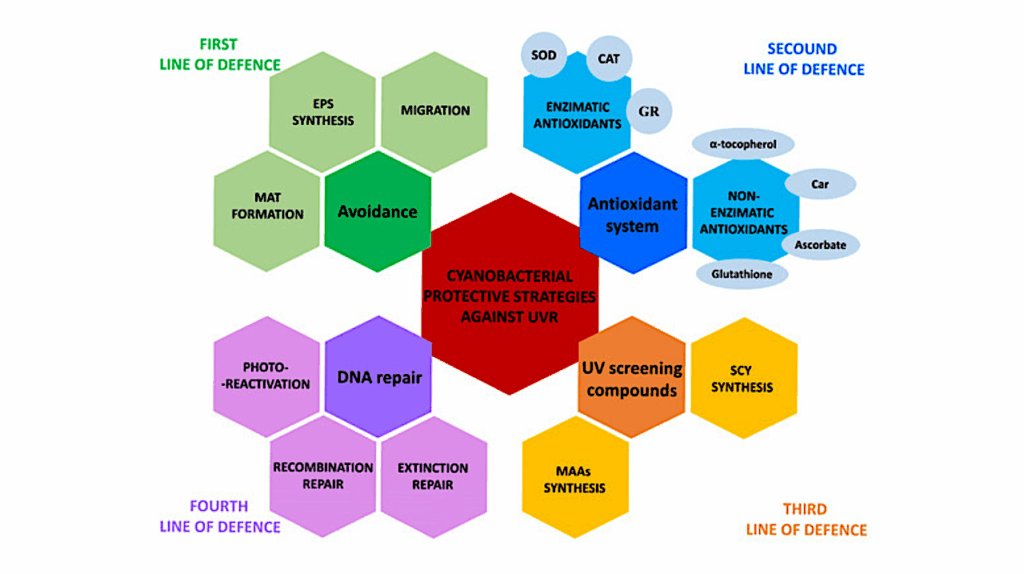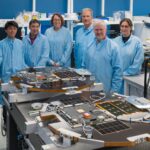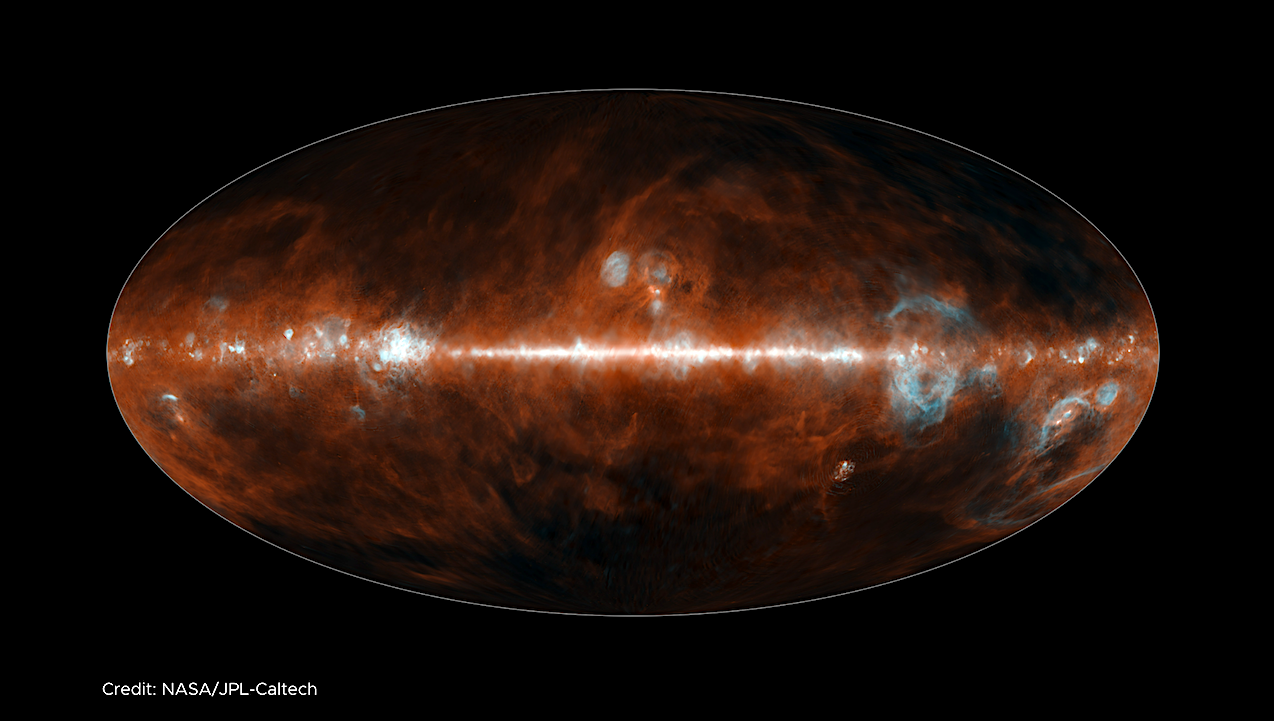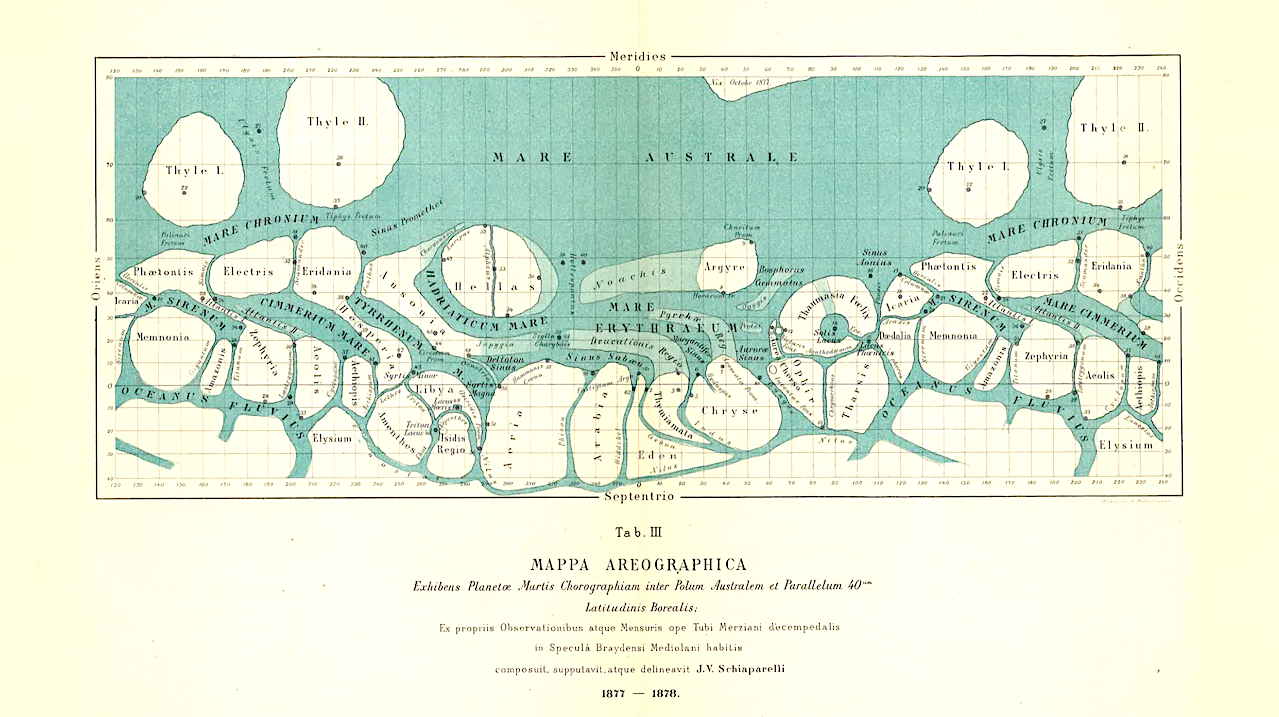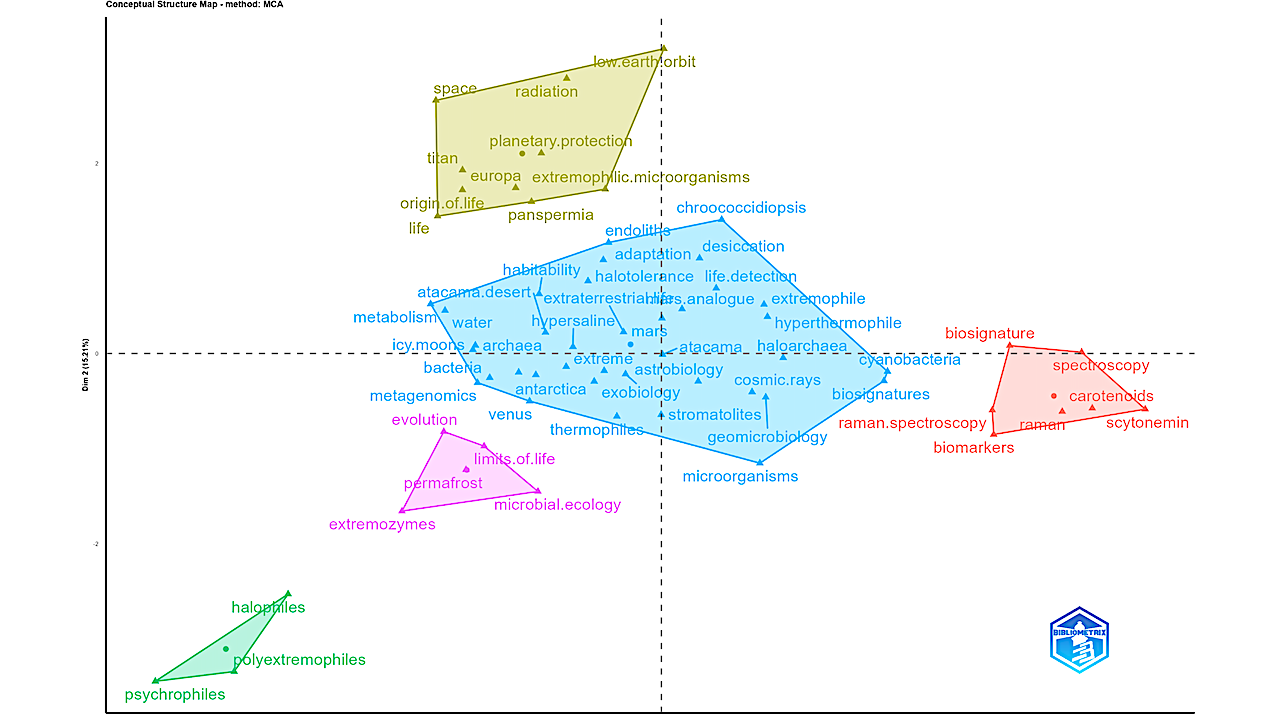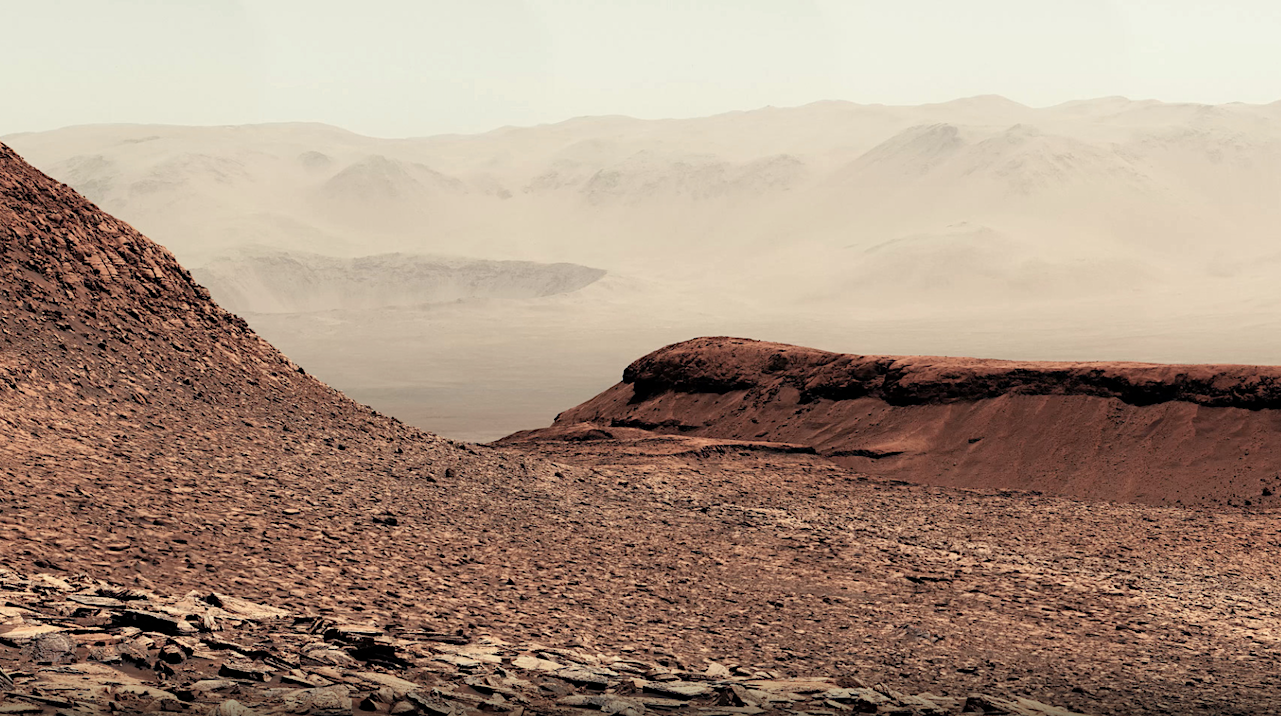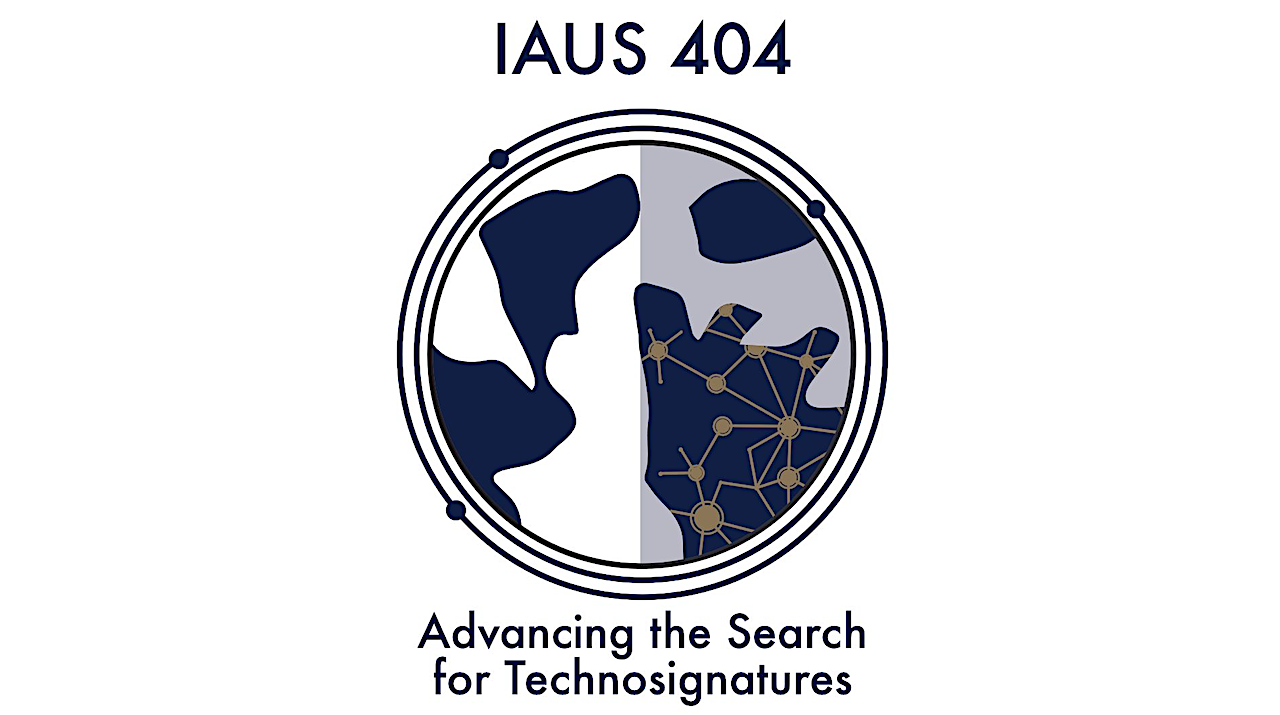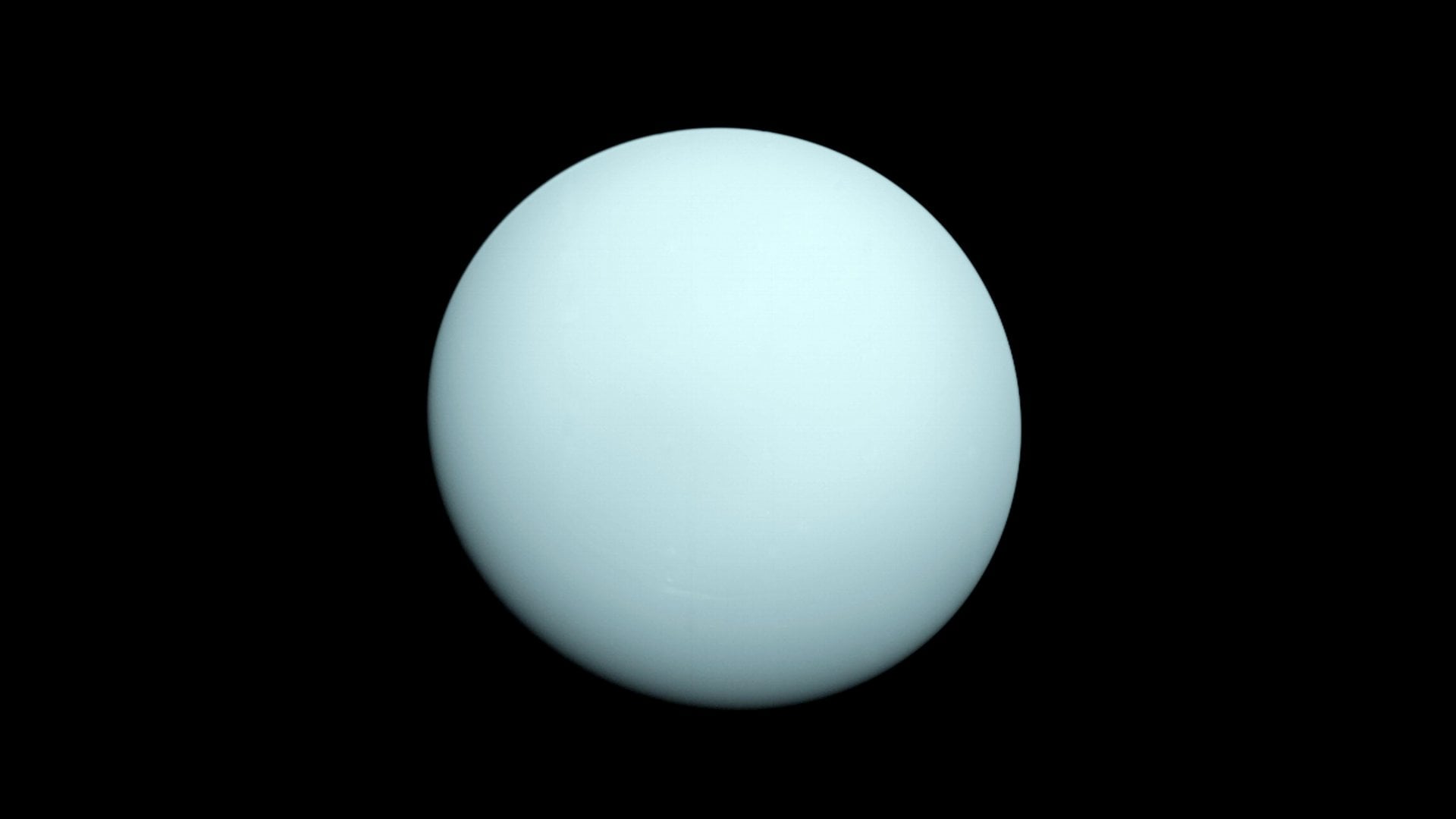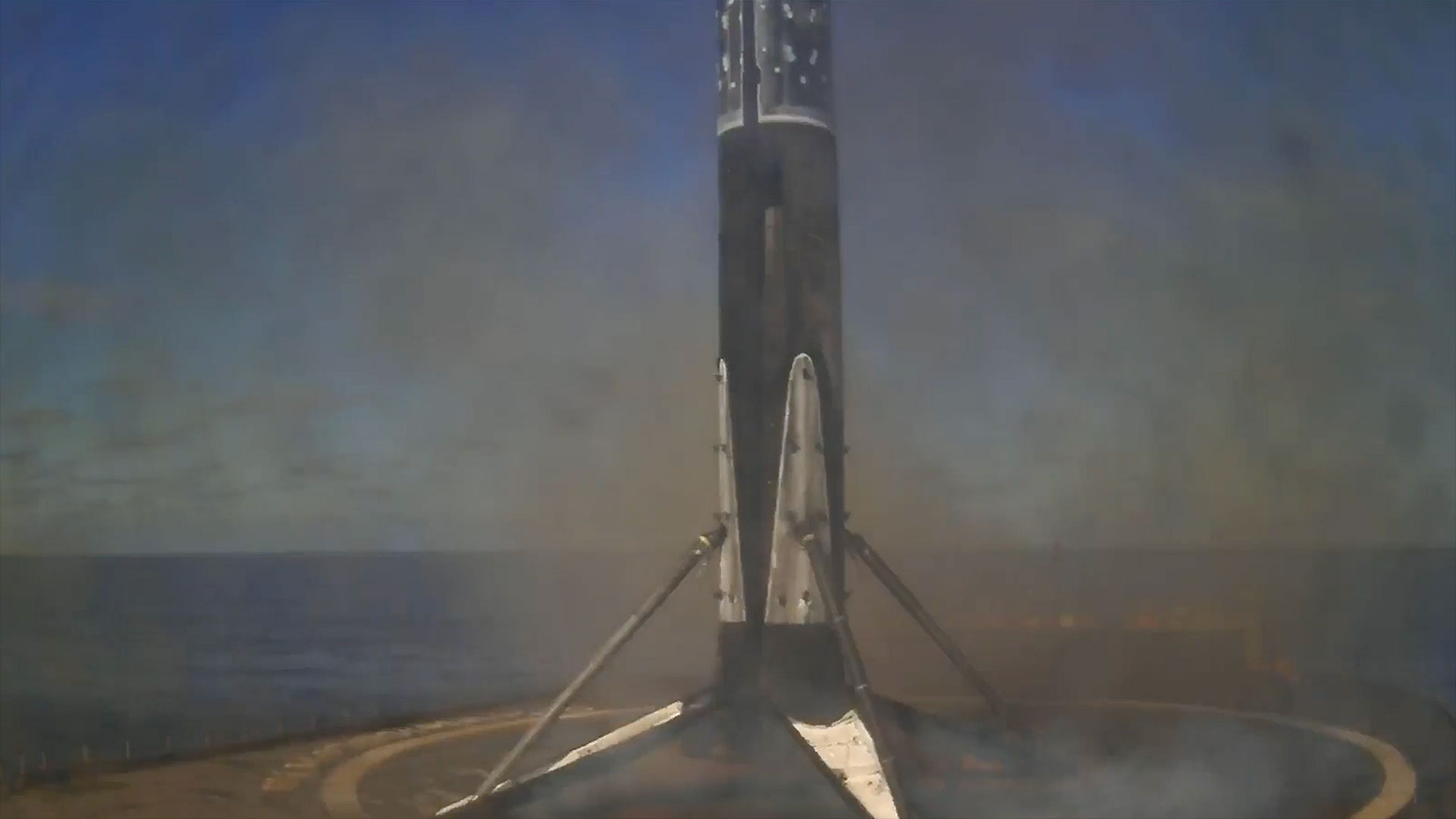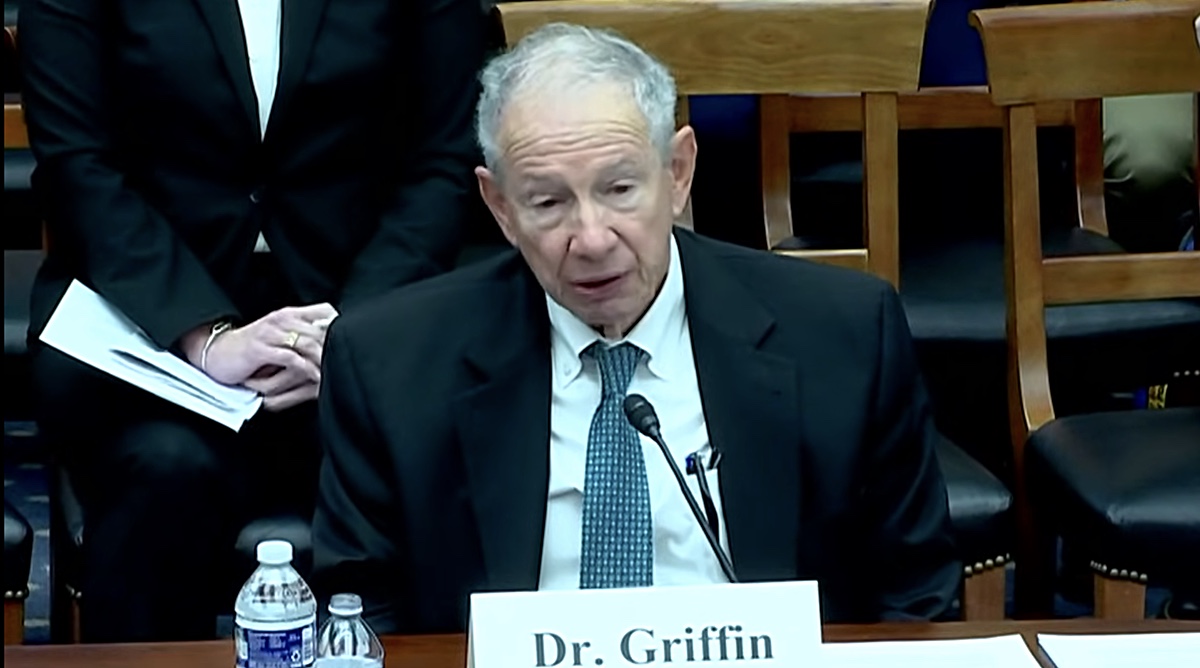a cryoEM volume revealing a two-start (C2) helical filament with a pitch p and diameter of 94.6 Å and 260 Å, and a rise and twist of 3.18 Å and 12.1°, respectively; b
Giovanni Schiaparelli’s 1878 map of Mars has a distribution of features interpreted as land (white) and sea (blue). Many of the names Schiaparelli gave to locations on Mars are still
Figure 3b shows key word frequency over time. Like co-occurrence network map, the term Extremophiles with the highest increase, reaches a cumulative frequency by 2023. As the second most frequently
NASA’s Curiosity Mars rover captured this view looking back down at the floor of Gale Crater from its location on Mount Sharp on Feb. 7, 2025, the 4,447th Martian day,
IAUS 404 – BMIS We are particularly excited because this event is organized by BMSIS as one of the officially sanctioned International Astronomical Union symposia for 2026. This online symposium
Southwest Research Institute (SwRI) scientists believe they may have resolved a 39-year-old mystery about the radiation belts around Uranus.
WASHINGTON — Gen. Michael Guetlein, the Pentagon official running the Golden Dome missile defense program, pushed back on criticism that the initiative is unfolding behind a curtain of secrecy while
SpaceX launched a new batch of its Starlink satellites today (Dec. 7). A Falcon 9 rocket carrying the 29 internet broadband relays lifted off from Space Launch Complex 4 East
‘Apollo 1: Destination Moon’ key information Date: Sunday, Dec. 7 at 9:30 pm UK time. UK: Watch on Channel 4. US: No options available right now. Away from home: Use
WASHINGTON — A House hearing on the rise of China’s space program turned into a broader critique of U.S. space policy, including NASA’s current approach to returning astronauts to the
-
 01From Polymerization-Enabled Folding and Assembly to Chemical Evolution: Key Processes for Emergence of Functional Polymers in the Origin of Life
01From Polymerization-Enabled Folding and Assembly to Chemical Evolution: Key Processes for Emergence of Functional Polymers in the Origin of Life -
 02Panasonic Leica Summilux DG 15mm f/1.7 ASPH review
02Panasonic Leica Summilux DG 15mm f/1.7 ASPH review -
 03How New NASA, India Earth Satellite NISAR Will See Earth
03How New NASA, India Earth Satellite NISAR Will See Earth -
 04And Thus Begins A New Year For Life On Earth
04And Thus Begins A New Year For Life On Earth -
 05Astronomy Activation Ambassadors: A New Era
05Astronomy Activation Ambassadors: A New Era -
06SpaceX launch surge helps set new global launch record in 2024
-
 07Two Black Holes Observed Circling Each Other for the First Time
07Two Black Holes Observed Circling Each Other for the First Time





